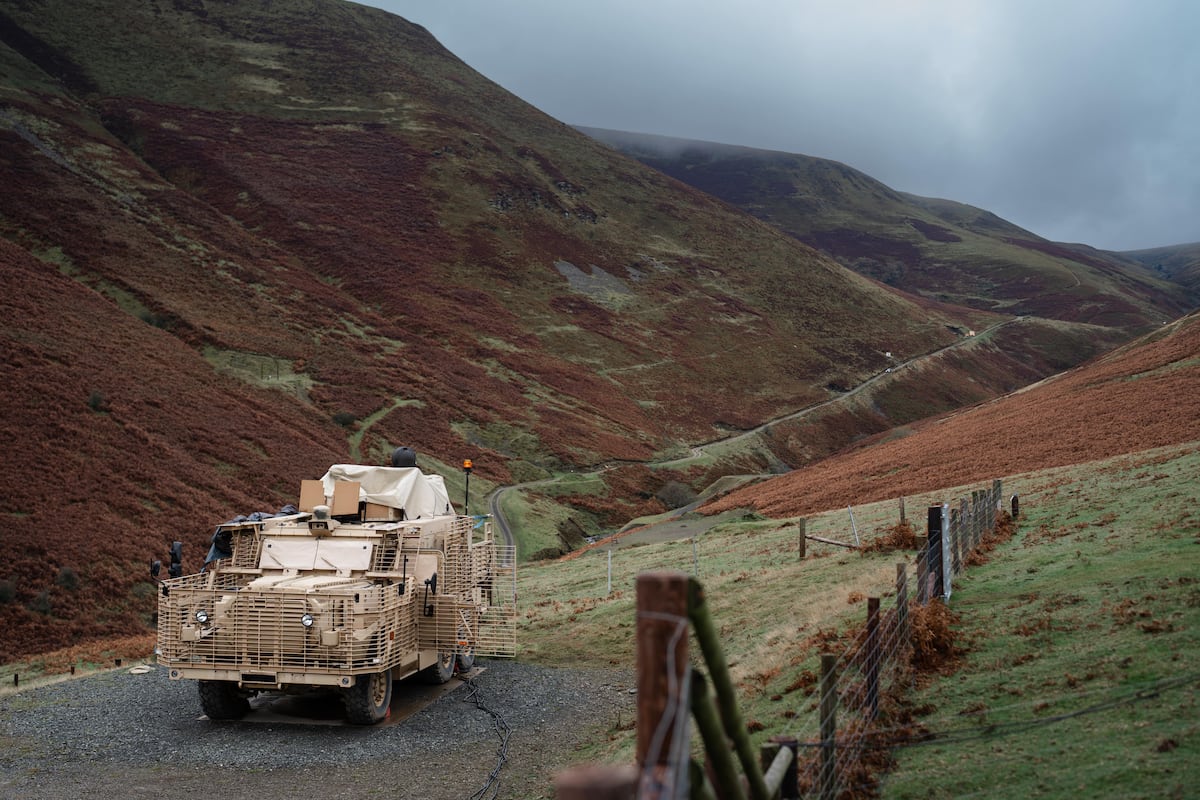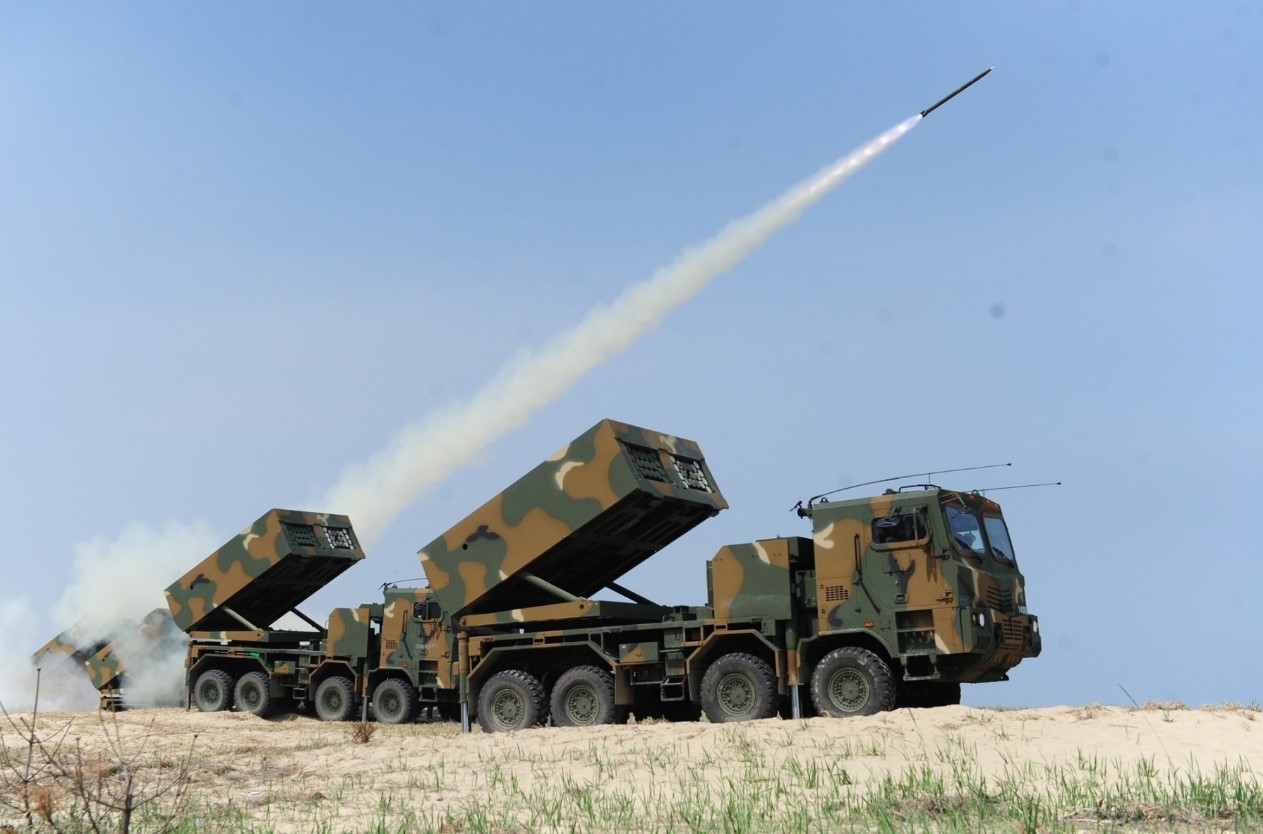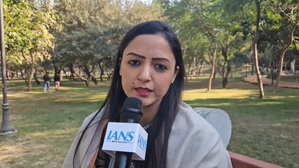British Army Tests High-Energy Laser to Counter Drone Threats
In a significant advancement in military capabilities, British Army troops have successfully employed a high-energy laser system mounted on an…
Lockheed Martin to Launch New Tactical Satellite “TacSat” in 2025 with Firefly Aerospace
Lockheed Martin has revealed plans to launch its new Tactical Satellite, known as "TacSat," in 2025, utilizing a Firefly Aerospace…
Bandh Called in Kodagu Over Derogatory Remarks Against Indian Army Heroes
In a significant social controversy, the Kodagu Sarvajanangada Okkuta has announced a peaceful bandh in Kodagu district tomorrow, aiming to…
Poland Test-Fires HOMAR-K Multiple Rocket Launch System for the First Time
The Polish Armed Forces have successfully test-fired the new HOMAR-K Multiple Rocket Launch System (MRLS) for the first time, marking…
Shehla Rashid Reflects on Transformation of Views Towards Indian Army Post Article 370 Abrogation
Former Jawaharlal Nehru University (JNU) student and activist from Kashmir, Shehla Rashid, shared her evolving views on the Indian Army…
Dutch F-35 Jets Escort Russian Military Aircraft Over Baltic Sea
The Dutch Ministry of Defence has confirmed that two Royal Netherlands Air Force F-35 fighter jets successfully intercepted and escorted…






